Description
Description
A Variable Resistor Potentiometer Volume Type is the most significant component in many electrical devices for controlling the tone, bass as well as volume. This is due to the fact that resistors can connect together with the other components to form filters for a desired level. They can also use in computer monitors for color or positioning as well as dimming or switching lamps. This achieve through digital to analog and analog to digital circuits; one additional advantage is that the knob can turn instead of typing a value every time you want to change the tint or brightness.
Types of variable Resistors
A variable resistor is a resistor in which the electric resistance value is adjustable. It is an electro-mechanical transducer that generally works by sliding a contact (wiper) over a resistive element. A variable resistor use because a potential divider with 3 terminals is a potentiometer. When it has two terminals, it acts as a variable resistor, which is a Rheostat. An electronically control variable resistor controls electronically instead of using a mechanical action.
 Types of Variable Resistors
Types of Variable Resistors
Potentiometer
A potentiometer is an ordinary variable resistor. It functions as a potential divider, which is use to generate a voltage signal depending on the location of the potentiometer. This is the signal that can use for a very wide variety of applications including an amplifier gain control, measurement of the distance or angles, tuning of the circuits and many more. Whenever variable resistors are use to tune or calibrate a circuit or its application or trimmer potentiometers or trimpots are used, these are generally less rated potentiometers which are mounted on the circuit board, and are adjustable by using a screwdriver.
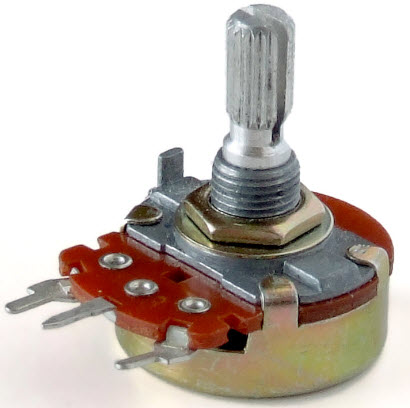 Potentiometer Resistor
Potentiometer Resistor
Rheostat
Rheostats are much relate to the potentiometers in terms of construction, but they can not use as a potential divider, instead they are use as variable resistors. They can use only 2 terminals rather than 3 terminals potentiometers. One connection is connected at one end of the resistive element, the other is at the wiper of the variable resistor. In the ancient times, rheostats were used as the power controlling devices, which were connected in series with the load, just like a bulb. At present rheostats are not use as power controller any longer as it is an inefficient method. For the power control, rheostats are replaced in high-efficieny switching electronics. At preset variable resistors wires as the rheostats, which are use in circuits to perform the tuning or calibration.
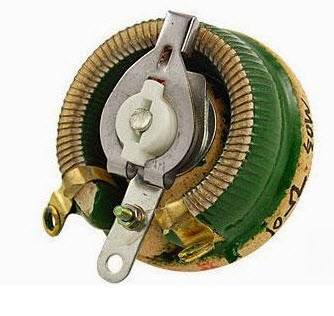 Rheostat Resistor
Rheostat Resistor
Digital Resistor
A digital variable resistor is a type of variable resistor that is use whenever the change of resistance is not perform by the mechanical movement, but by the electronic signals. They can also change resistance in discrete steps and are frequently control by the digital protocols such as I2C or by simple up and down signals.
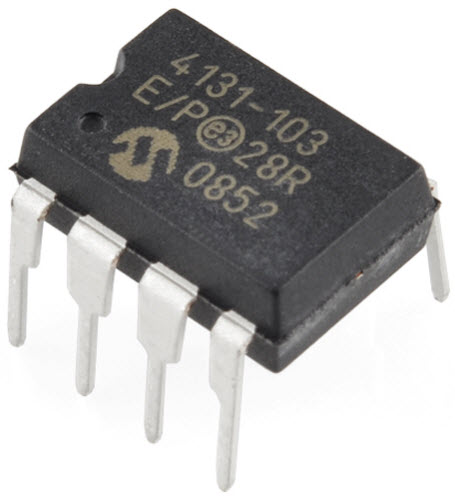 Digital Resistor
Digital Resistor
Presets
Presets are just like small version of a variable resistor. They can place easily on a PCB and can also be adjustable when needed. The value of the resistance is normally adjust with the help of a screw-driver. They frequently use in applications that have adjustable frequency tone of the alarm or adjustable sensitivity circuits. These are the cheapest. These are also highly specific presets that have multi-turn options. In this type of presets, the resistances can increase or decrease gradually and therefore the screw has to rotate more number of times.
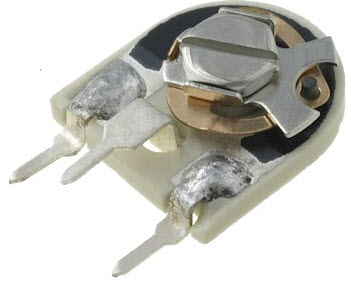 Presets Resistor
Presets Resistor
Variable Resistor Connection
A Variable Resistor is use as a rheostat when one end of the resistance is track and the wiper terminal connect to the circuit and the other terminal of the resistance track remains open. In this case, the electrical resistance connect between the track terminal and wiper terminal which depends upon the position of the wiper (slider) on the resistances track. A variable resistor can also use as a potentiometer when both ends of the resistance track connect to the input circuit and one of the said ends of resistance track and wiper terminal connect to the output circuit.
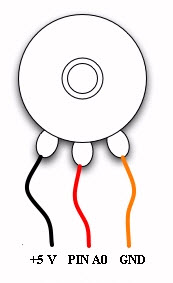 Variable Resistor Connection
Variable Resistor Connection
In this case, all three terminals are in use. Sometimes, in electronics circuit, there may be a requirement of adaptable resistance, but this modification is require only once or very often. Preset resistor is one kind of variable resistor whose electrical resistance value can adjust by adjusting an adjustable screw attached to it.
Working principle of Variable Resistor
As in the figure below, a variable resistor consists of a track that provides the resistance path. The two terminals of the machine connect to both the ends of the track. The third terminal associates to a wiper that decides the motion of the track. The motion of the wiper throughout the track helps in increasing and decreasing the resistance.
The track is generally a mixture of ceramic and metal or can be made of the carbon as well. As the resistive material is required, a carbon film type of variable resistors are generally used. They find applications in the radio receiver circuits, audio amplifier circuits and TV receivers. The rotary track resistor have two applications: one is to modify the resistance and the other the switch method which is is used for the electric contact and non-contact by the on/off operation of the switch. There is a switch method in which variable resistors with the annular cross-section use for controlling the equipments. The track in a straight path is a slider. As the position of the slider cannot be seen or confirmed according to the modification of resistance, a stopping mechanism is generally integrated to prevent the hazards caused due to over rotation.
Uses of Variable Resistors
A Variable Resistor use mostly in two different ways. When one end of the resistance track and wiper terminal connect with the circuit. Then current through the resistor limits according to the position of the wiper contact on the resistance track. As the wiper contact slides away from the connected end of the resistance track, the resistive value of the resistor increases and current goes down through the circuit-which means, the variable resistor behaves like a rheostat.
Another use is as a potentiometer. In this case the two ends of the resistance track connect with a voltage source. Hence, the voltage drop across the resistance track is equal to the value of the voltage sources. Now the output or load circuit connect across one end of the resistance track and wiped terminal. Hence, the voltage across the load terminals is the fraction of source voltage. And it depends upon the position of the wiper terminals on the resistance track. Potentiometers use to control voltages, whereas rheostats are use to control electric currents.
Applications of Variable Resistor Potentiometer Volume Type:
- Audio control
- Television
- Motion control
- Transducers
- Computation
- Home Electrical Appliances
- Oscillators
Packages Include:
1 × Variable Resistor Potentiometer Volume Type






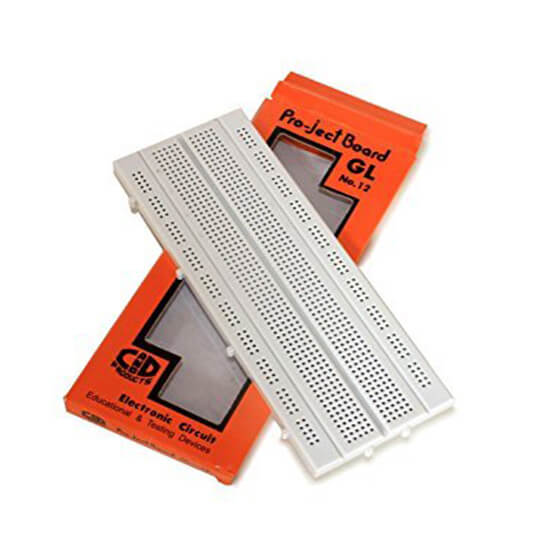








Reviews
There are no reviews yet.